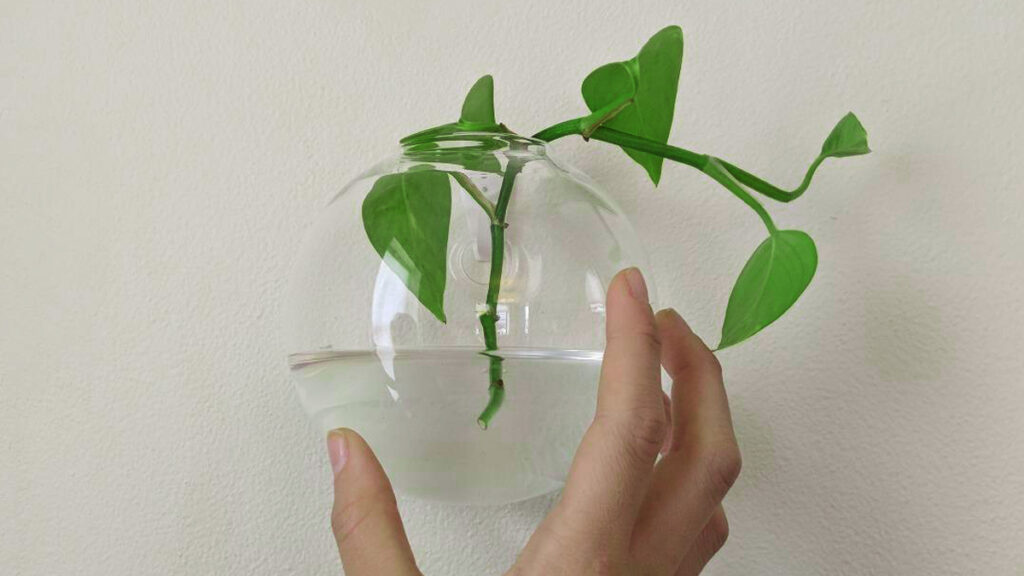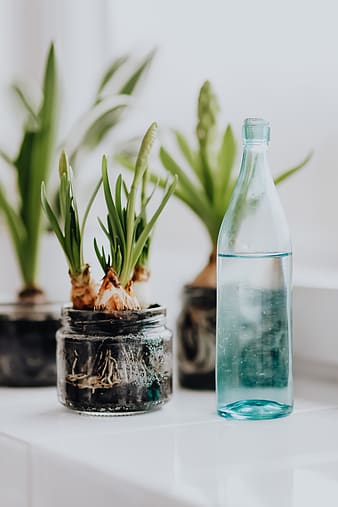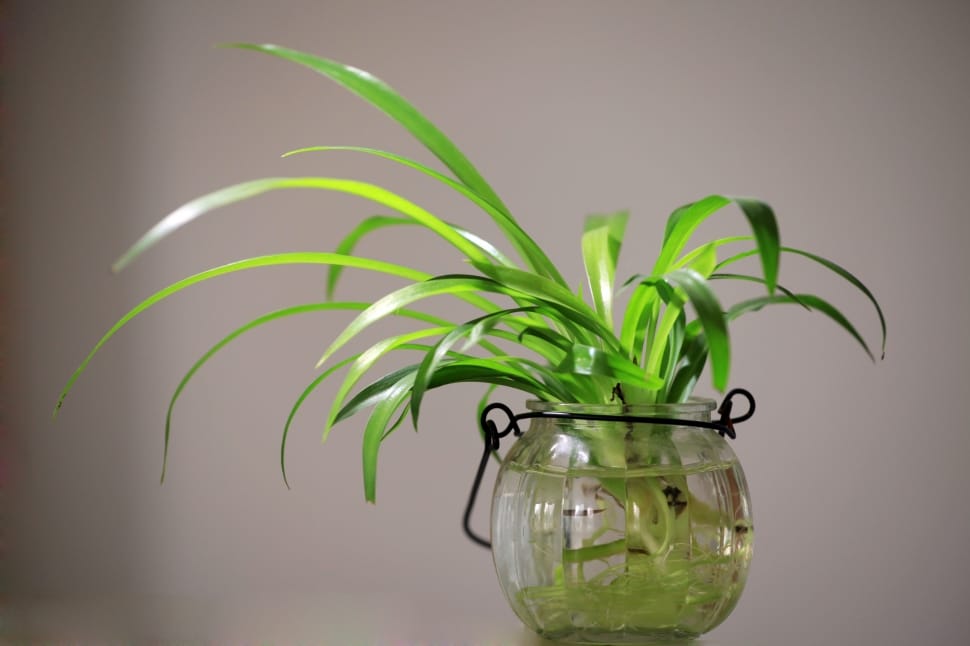Understanding Hydroponics, How to grow plants in water

Firstly lets discover the differences, advantages and disadvantages of growing plants with soil and growing plants in a hydroponic system.
Differences between soil growing and water growing

Hydroponic growing
1. How it works?
For their growth in a hydroponic system, plants need:
- Natural or artificial light
- A stable ambient temperature
- Humidity of the regulated air
- Good roots oxygenation
- A balanced nourishment consisting of water, mineral salts and oligo-elements.
2. What do you need to grow plants in water?
- Rinse lightly the roots of your favorite plant to remove excess soil (it is very important that no trace of soil remains).
- With scissors, cut the roots slightly to remove the ends
- Put the plant in a glass vase to showcase the natural beauty of the roots
- Fill the vase half full with water (preferably with mineral water)
- Add to the irrigation water a special hydroculture fertilizer only when the new root system is formed, a few weeks to 2 months after the new cultivation.
- Respect the indicated doses in relation to the volume of water used.
- Remember to clean the vase from time to time.
- Rinse the substratum with water
- Put the first layer of the substratum at the bottom of a holey pot
- Hold the plant on this layer and gradually add substratum to fix the plant
- Put the pot containing the plant in a pot cover
- Fill the pot cover with water at ambient temperature to about 1/3 of its height
3. Advantages of hydroponic growing

- Hydroponic plants generally grow faster than those grown in soil, because the energy used by the roots to look for nutrients in the soil is saved in hydroponics and is better used for fruit and flower production
- It is ideal for small living spaces and indoor gardening
- It attracts fewer pests and diseases
- It saves water and uses about 90% less water than traditional methods of soil growing
- It requires little maintenance
- Good oxygenation of the roots
4. Advantages of soil growing
- Lower installation cost
- Less use of fertilizer
- No need to control the pH or the EC, because of the buffering effect of the soil
5. Disadvantages of hydroponic growing
- High cost of installation and maintenance (especially for the commercial crops)
- Non-waste control, especially with the use of certain non-biodegradable substrates
- Obligation to control pH and EC
- Use of fertilizers
6. Disadvantages of soil growing
- Difficulty managing fertilizer and watering for a beginner
- More exposure to pests and diseases
- No choice of substrate
Anthurium, aréquier, dracaena, aspidistra, dieffenbachia, ficus, kentia, kalanchoe, lierre, philodendron, phalaenopsis, schefflera, poinsettia, sansevieria, yucca